2009 Mazda CX-9 Brake Rotors and Pads
Click here to search another vehicle
All Rotors:
OEM x
Coated x
Drilled, Slotted and Coated x
Front x
Rear x
All Pads:
Ceramic x
Semi-metallic x
Front x
Rear x
Found 12 record
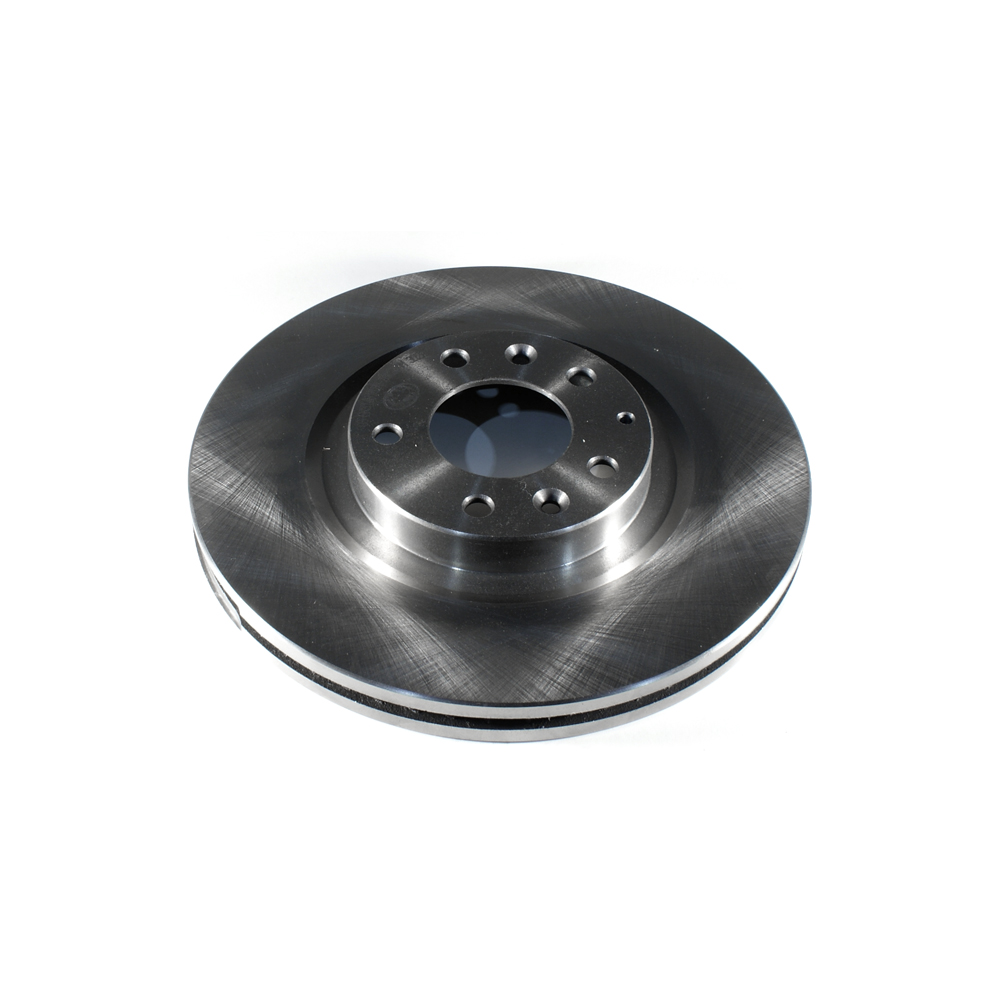
Part No: BR31481
Raybestos: 980580
OE:
Raybestos: 980580
OE:
$57.19 each
Per Car QTY: 2
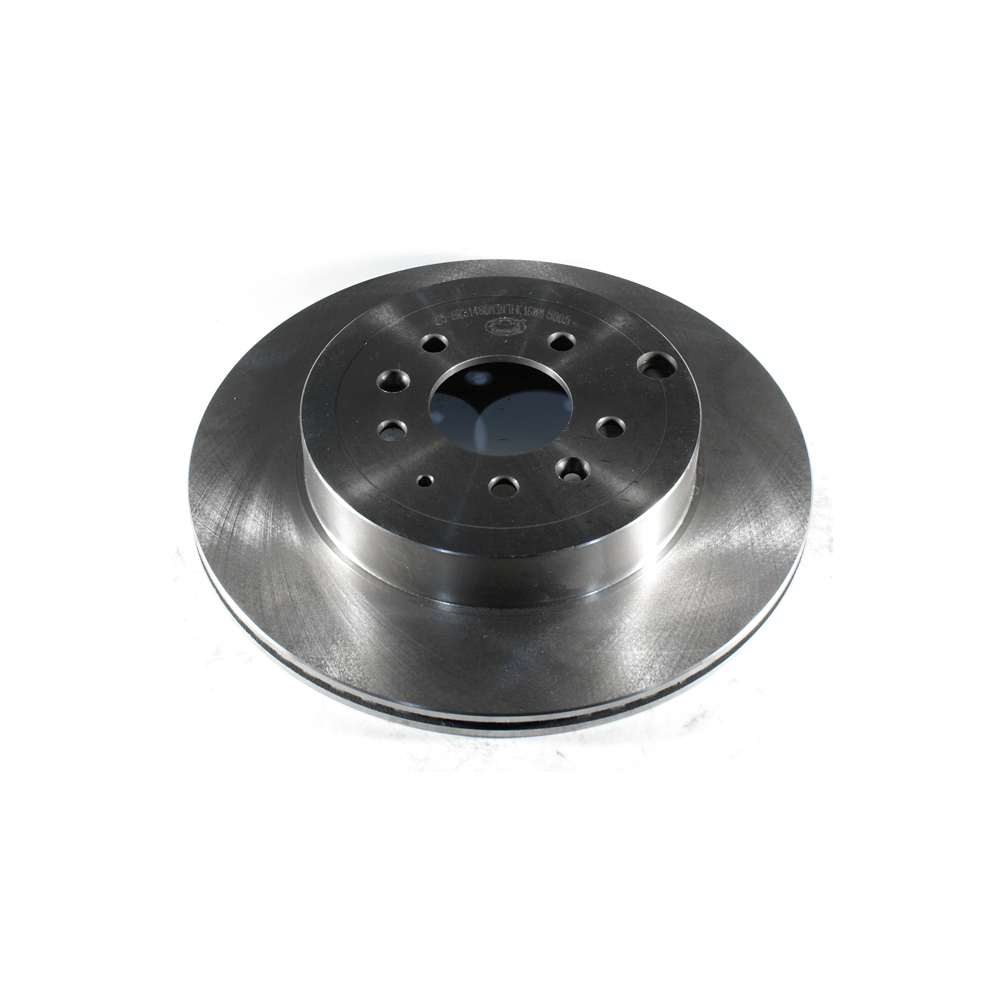
Part No: BR31480
Raybestos: 980579
OE: L23226251
Raybestos: 980579
OE: L23226251
$48.04 each
Per Car QTY: 2
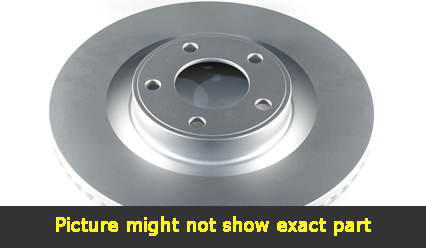
Part No: PP31481
Raybestos: 980580
OE:
Raybestos: 980580
OE:
$74.45 each
Per Car QTY: 2
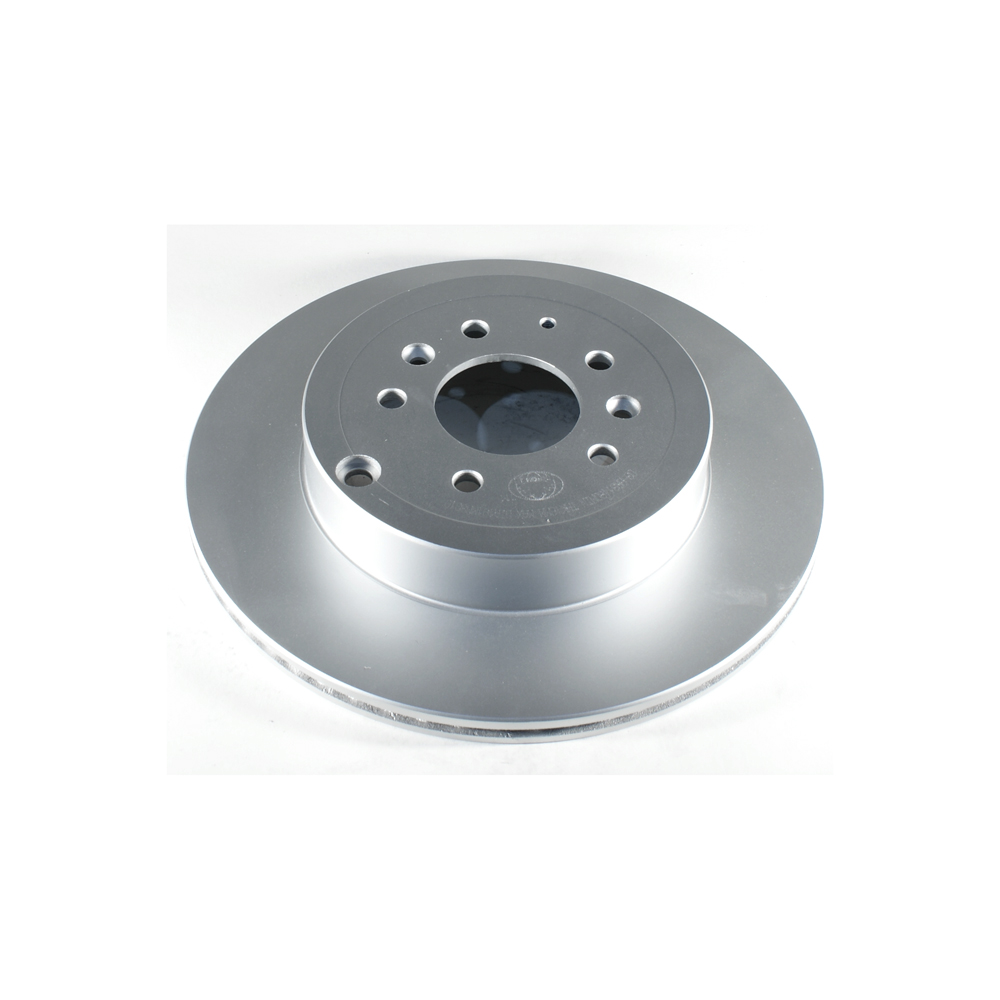
Part No: PP31480
Raybestos: 980579
OE: L23226251
Raybestos: 980579
OE: L23226251
$58.9 each
Per Car QTY: 2
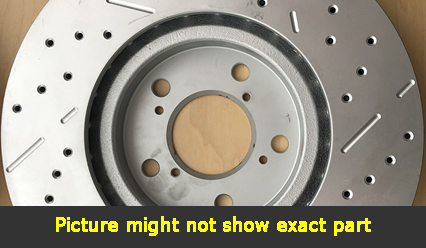
Part No: SP31481L
Raybestos: 980580
OE:
Raybestos: 980580
OE:
$110.9 each
Per Car QTY: 1
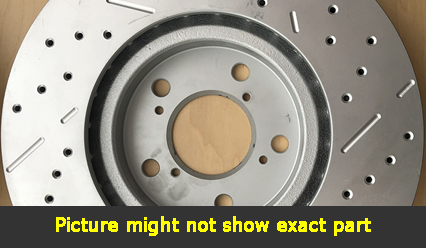
Part No: SP31481R
Raybestos: 980580
OE:
Raybestos: 980580
OE:
$110.9 each
Per Car QTY: 1
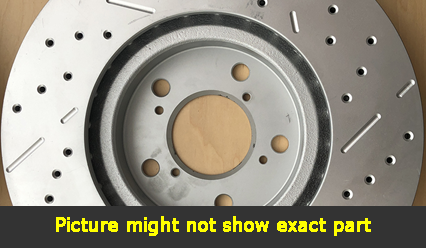
Part No: SP31480L
Raybestos: 980579
OE: L23226251
Raybestos: 980579
OE: L23226251
$91.3 each
Per Car QTY: 1
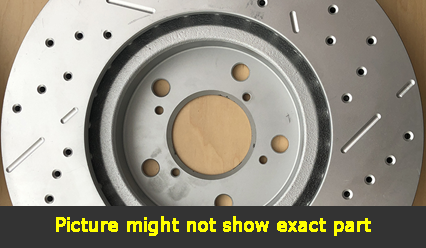
Part No: SP31480R
Raybestos: 980579
OE: L23226251
Raybestos: 980579
OE: L23226251
$91.3 each
Per Car QTY: 1
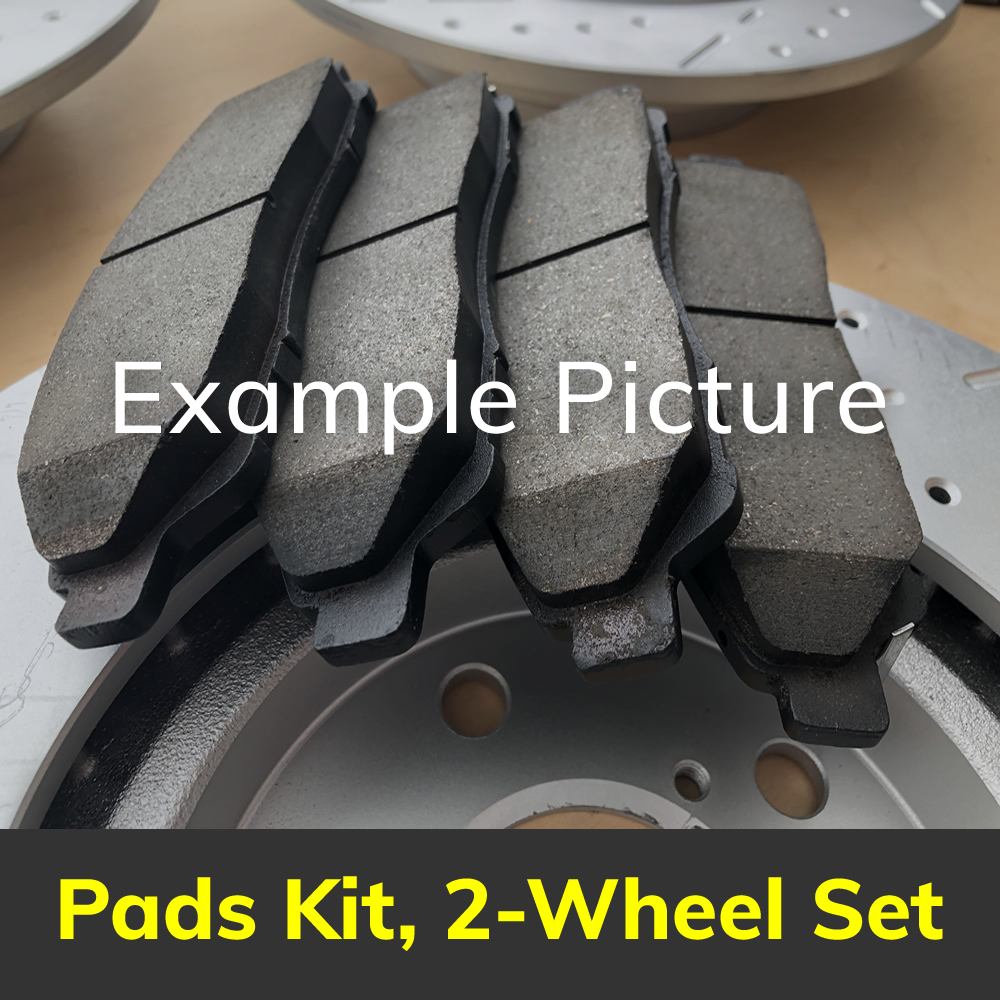
Part No: PD1258C
Raybestos: 1258
OE:
Raybestos: 1258
OE:
$43.47 each
Per Car QTY: 1
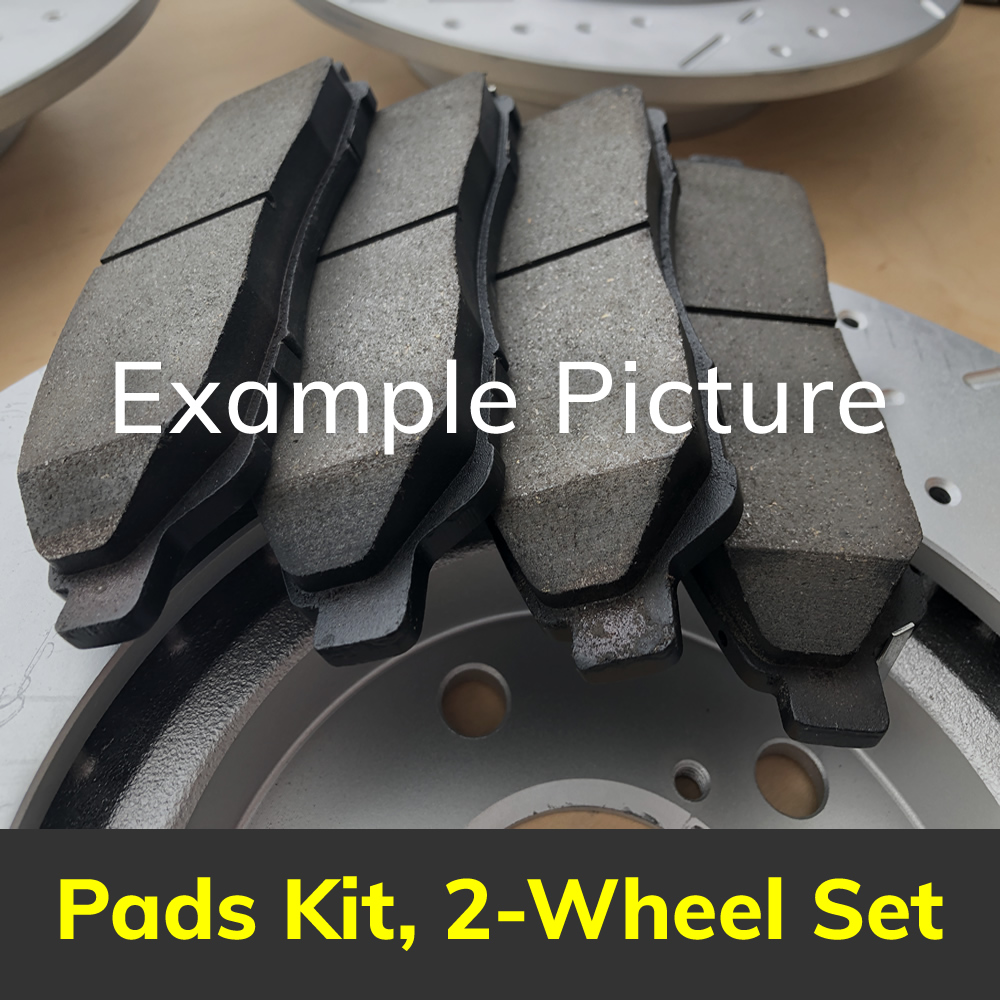
Part No: PD1259C
Raybestos: 1259
OE:
Raybestos: 1259
OE:
$39.71 each
Per Car QTY: 1
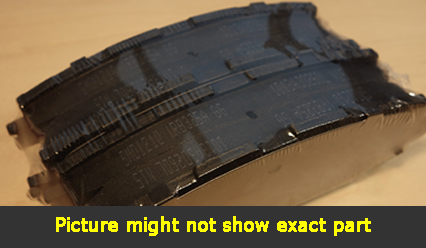
Part No: SMD1258
Raybestos:
OE:
Raybestos:
OE:
$27.32 each
Per Car QTY: 1
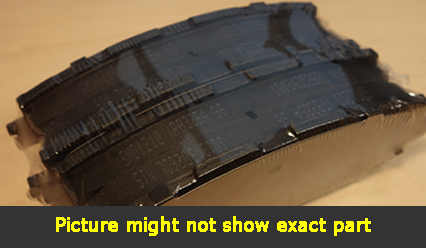
Part No: SMD1259
Raybestos:
OE:
Raybestos:
OE:
$23.85 each
Per Car QTY: 1
How to Choose the Right Brakes for Your 2009 Mazda CX-9
The braking system is undoubtedly one of the most critical components of any vehicle, including the 2009 Mazda CX-9. As a responsible car owner, it is crucial to understand how to choose the right brakes for your vehicle to ensure optimal performance and safety on the road. With several options available in the market, it can be overwhelming to select the ideal brakes for your Mazda CX-9. To help you make an informed decision, here are some key factors to consider:
1. Brake Type:
Your 2009 Mazda CX-9 likely came equipped with either disc brakes or drum brakes. Most modern vehicles, including SUVs like the CX-9, are equipped with disc brakes on the front wheels and either disc or drum brakes on the rear wheels. Disc brakes offer better overall performance and are more effective at dissipating heat. They also provide better braking power and are less prone to brake fade under heavy use. If your CX-9 comes with drum brakes on the rear, consider upgrading to disc brakes for enhanced safety and performance.
2. OEM or Aftermarket:
There are two main sources for purchasing brake components: Original Equipment Manufacturer (OEM) and aftermarket. OEM brakes are the ones produced by the same manufacturer as your vehicle. They are often more expensive but may provide better compatibility and match the original specifications of your CX-9. On the other hand, aftermarket brakes are produced by third-party manufacturers and are generally more affordable. They can offer excellent quality and performance, but it's vital to choose a reputable brand with good customer reviews.
3. Driving Habits and Conditions:
Consider your driving style and the typical conditions in which you use your Mazda CX-9. If you frequently drive in heavy traffic or live in an area with steep hills, you may benefit from brake pads designed for stop-and-go driving or enhanced downhill performance. Conversely, if you predominantly drive on highways or have a more relaxed driving style, standard brake pads may be sufficient. Think about your own needs and choose accordingly.
4. Brake Pad Material:
Brake pads come in several different materials, each with its advantages and disadvantages. The most common types include ceramic, semi-metallic, and organic. Ceramic brake pads are known for their excellent heat dissipation, low noise, and minimal dust production, making them a great choice for daily driving and commuting. Semi-metallic brake pads are durable and offer better performance in high-temperature situations, such as towing or frequent braking on mountain roads. Organic brake pads are budget-friendly and provide a smooth and quiet ride, but they can wear down faster and produce more dust.
5. Brand Reputation and Customer Reviews:
Lastly, it's crucial to consider the brand reputation and read customer reviews before purchasing brakes for your Mazda CX-9. Look for well-known and reputable brands within the automotive industry, as they are more likely to provide higher quality and reliable products. Also, check online forums and customer feedback to understand the experiences of other CX-9 owners with a particular brand or model of brakes.
In conclusion, choosing the right brakes for your 2009 Mazda CX-9 involves considering the brake type, OEM or aftermarket options, your driving habits and conditions, brake pad material, and brand reputation. By carefully evaluating these factors and seeking expert advice when needed, you can ensure optimal performance, longevity, and most importantly, safety for your vehicle.
The braking system is undoubtedly one of the most critical components of any vehicle, including the 2009 Mazda CX-9. As a responsible car owner, it is crucial to understand how to choose the right brakes for your vehicle to ensure optimal performance and safety on the road. With several options available in the market, it can be overwhelming to select the ideal brakes for your Mazda CX-9. To help you make an informed decision, here are some key factors to consider:
1. Brake Type:
Your 2009 Mazda CX-9 likely came equipped with either disc brakes or drum brakes. Most modern vehicles, including SUVs like the CX-9, are equipped with disc brakes on the front wheels and either disc or drum brakes on the rear wheels. Disc brakes offer better overall performance and are more effective at dissipating heat. They also provide better braking power and are less prone to brake fade under heavy use. If your CX-9 comes with drum brakes on the rear, consider upgrading to disc brakes for enhanced safety and performance.
2. OEM or Aftermarket:
There are two main sources for purchasing brake components: Original Equipment Manufacturer (OEM) and aftermarket. OEM brakes are the ones produced by the same manufacturer as your vehicle. They are often more expensive but may provide better compatibility and match the original specifications of your CX-9. On the other hand, aftermarket brakes are produced by third-party manufacturers and are generally more affordable. They can offer excellent quality and performance, but it's vital to choose a reputable brand with good customer reviews.
3. Driving Habits and Conditions:
Consider your driving style and the typical conditions in which you use your Mazda CX-9. If you frequently drive in heavy traffic or live in an area with steep hills, you may benefit from brake pads designed for stop-and-go driving or enhanced downhill performance. Conversely, if you predominantly drive on highways or have a more relaxed driving style, standard brake pads may be sufficient. Think about your own needs and choose accordingly.
4. Brake Pad Material:
Brake pads come in several different materials, each with its advantages and disadvantages. The most common types include ceramic, semi-metallic, and organic. Ceramic brake pads are known for their excellent heat dissipation, low noise, and minimal dust production, making them a great choice for daily driving and commuting. Semi-metallic brake pads are durable and offer better performance in high-temperature situations, such as towing or frequent braking on mountain roads. Organic brake pads are budget-friendly and provide a smooth and quiet ride, but they can wear down faster and produce more dust.
5. Brand Reputation and Customer Reviews:
Lastly, it's crucial to consider the brand reputation and read customer reviews before purchasing brakes for your Mazda CX-9. Look for well-known and reputable brands within the automotive industry, as they are more likely to provide higher quality and reliable products. Also, check online forums and customer feedback to understand the experiences of other CX-9 owners with a particular brand or model of brakes.
In conclusion, choosing the right brakes for your 2009 Mazda CX-9 involves considering the brake type, OEM or aftermarket options, your driving habits and conditions, brake pad material, and brand reputation. By carefully evaluating these factors and seeking expert advice when needed, you can ensure optimal performance, longevity, and most importantly, safety for your vehicle.


